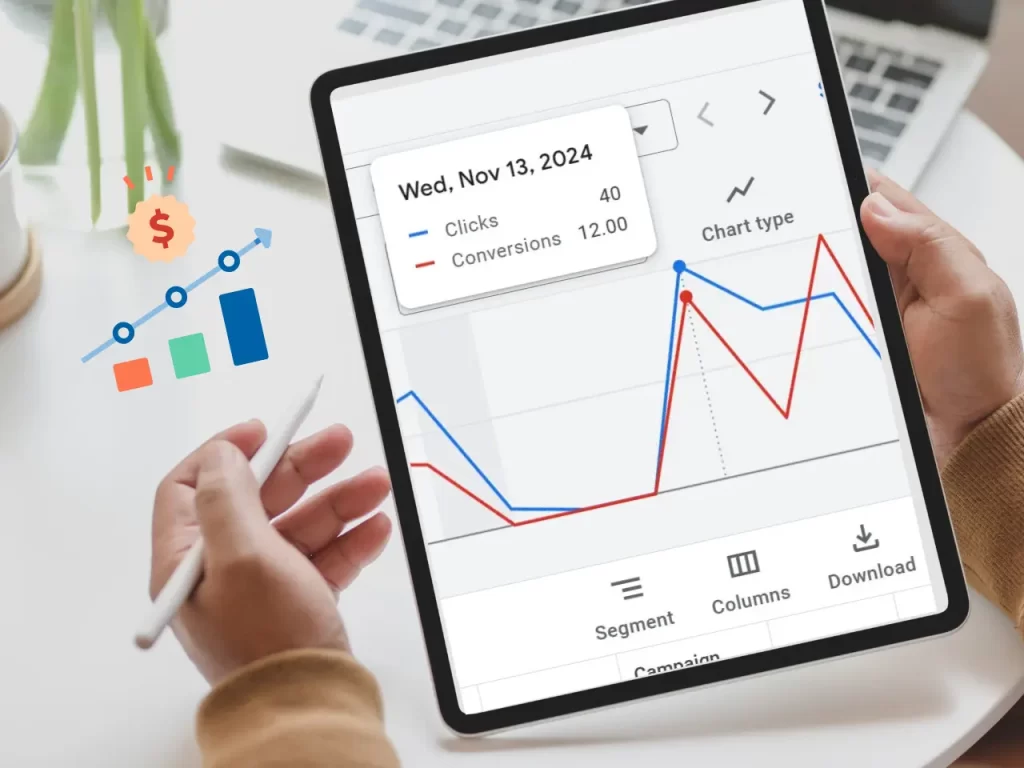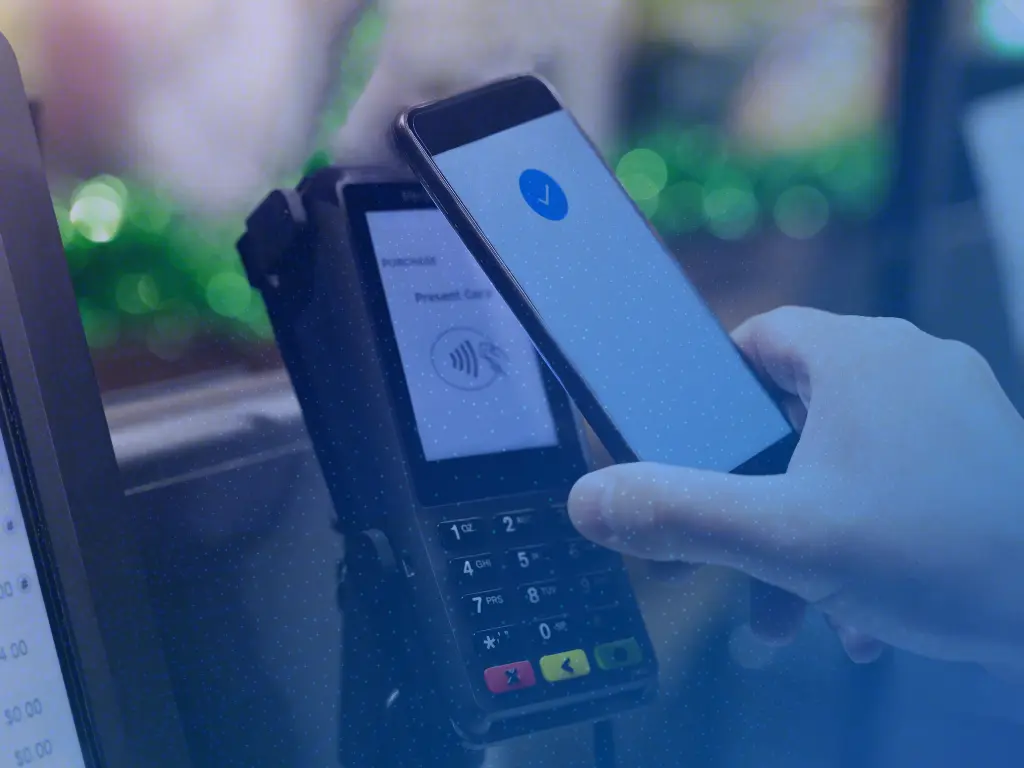Selecting the optimal paid advertising platform is crucial for maximizing your e-commerce venture’s potential and can significantly impact your business’s success in the digital marketplace.
Hey there! Today, we’re diving into the top 5 paid advertising platforms that are absolute game-changers for e-commerce businesses. Whether you’re looking to boost sales, increase brand awareness, or drive more traffic to your site, these platforms have got you covered. Let’s jump right in!

First up, we have the undisputed king of search advertising – Google Ads.
Reach: With over 5.6 billion searches per day, Google offers unparalleled access to potential customers.
Intent-based targeting: Capture users actively searching for your products.
Shopping ads: Showcase your products directly in search results with eye-catching visuals.
Pro Tip: Leverage negative keywords to refine your targeting and maximize ROI.
Next on our list is Facebook Ads, a platform that’s hard to beat when it comes to social media advertising.
Massive user base: Access to over 2.8 billion monthly active users.
Advanced targeting options: Reach your ideal customers based on demographics, interests, and behaviors.
Dynamic product ads: Retarget visitors with personalized product recommendations.
Pro Tip: Use Facebook’s Lookalike Audiences to find new customers similar to your best existing ones.
Moving on to Instagram, the perfect platform for visually-driven e-commerce brands.
Engaged audience: Over 1 billion monthly active users, with high engagement rates.
Shopping features: Tag products in posts and stories for seamless shopping experiences.
Influencer partnerships: Leverage influencer collaborations for authentic promotions.
Pro Tip:Use Instagram’s ‘Reels’ feature to create short, engaging video ads that capture attention.
Now, let’s talk about the new kid on the block – TikTok Ads.
Rapid growth: Over 1 billion active users worldwide, with a young, trendsetting audience.
Viral potential: Leverage TikTok’s algorithm to reach a massive audience quickly.
Creative formats: Use fun, engaging ad formats like In-Feed ads and Branded Hashtag Challenges.
Pro Tip: Partner with TikTok creators to produce authentic, native-feeling content that resonates with users.
Last but not least, we have Pinterest Ads, a platform often overlooked but incredibly powerful for e-commerce.
Purchase intent: 79% of users use Pinterest for purchase inspiration.
Long-lasting content: Pins have a longer lifespan compared to posts on other platforms.
Rich Pin formats: Showcase detailed product information directly in pins.
Pro Tip: Use Pinterest’s ‘Shop the Look’ pins to tag multiple products within a single image.
There you have it, folks! The top 5 paid advertising platforms that can take your e-commerce store to new heights. Remember, each platform has its unique strengths, so consider your target audience and product offerings when deciding where to invest your ad budget.
share this article :

Before launching your Shopify store, it is essential to understand the pricing structure and any hidden costs associated with it.

Imagine your email as a package traveling through a complex network of post offices. How do we ensure it's not tampered with...
Selecting the optimal paid advertising platform is crucial for maximizing your e-commerce venture’s potential and can significantly impact your business’s success in the digital marketplace.
Hey there! Today, we’re diving into the top 5 paid advertising platforms that are absolute game-changers for e-commerce businesses. Whether you’re looking to boost sales, increase brand awareness, or drive more traffic to your site, these platforms have got you covered. Let’s jump right in!

First up, we have the undisputed king of search advertising – Google Ads.
Reach: With over 5.6 billion searches per day, Google offers unparalleled access to potential customers.
Intent-based targeting: Capture users actively searching for your products.
Shopping ads: Showcase your products directly in search results with eye-catching visuals.
Pro Tip: Leverage negative keywords to refine your targeting and maximize ROI.
Next on our list is Facebook Ads, a platform that’s hard to beat when it comes to social media advertising.
Massive user base: Access to over 2.8 billion monthly active users.
Advanced targeting options: Reach your ideal customers based on demographics, interests, and behaviors.
Dynamic product ads: Retarget visitors with personalized product recommendations.
Pro Tip: Use Facebook’s Lookalike Audiences to find new customers similar to your best existing ones.
Moving on to Instagram, the perfect platform for visually-driven e-commerce brands.
Engaged audience: Over 1 billion monthly active users, with high engagement rates.
Shopping features: Tag products in posts and stories for seamless shopping experiences.
Influencer partnerships: Leverage influencer collaborations for authentic promotions.
Pro Tip:Use Instagram’s ‘Reels’ feature to create short, engaging video ads that capture attention.
Now, let’s talk about the new kid on the block – TikTok Ads.
Rapid growth: Over 1 billion active users worldwide, with a young, trendsetting audience.
Viral potential: Leverage TikTok’s algorithm to reach a massive audience quickly.
Creative formats: Use fun, engaging ad formats like In-Feed ads and Branded Hashtag Challenges.
Pro Tip: Partner with TikTok creators to produce authentic, native-feeling content that resonates with users.
Last but not least, we have Pinterest Ads, a platform often overlooked but incredibly powerful for e-commerce.
Purchase intent: 79% of users use Pinterest for purchase inspiration.
Long-lasting content: Pins have a longer lifespan compared to posts on other platforms.
Rich Pin formats: Showcase detailed product information directly in pins.
There you have it, folks! The top 5 paid advertising platforms that can take your e-commerce store to new heights. Remember, each platform has its unique strengths, so consider your target audience and product offerings when deciding where to invest your ad budget.
share this article :

Before launching your Shopify store, it is essential to understand the pricing structure and any hidden costs associated with it.

Imagine your email as a package traveling through a complex network of post offices. How do we ensure it's not tampered with...